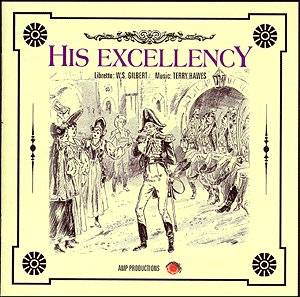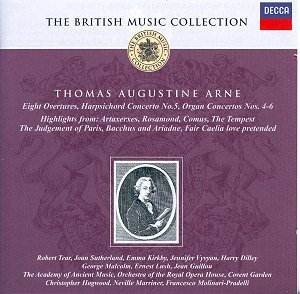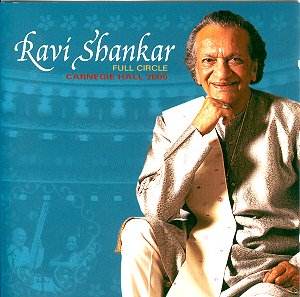 Composer: Tango
Composer: Tango
Works: Tango for Four No. 2
Performers: Jaakko Kuusisto (violin), Mika Väyrynen (accordion), Kalle Elkomaa (piano, keyboards), Jaan Wessman (bass, matchbox)
Recording: Recorded in Helsinki in July 2001
Label: Finlandia 8573-87781-2 [50.02]
The disc “Tango for Four No. 2” presents a bold exploration of tango through the fusion of classical instrumentation and improvisatory freedom. Tango, as a genre, is steeped in rich cultural history, originating in the late 19th century in the working-class neighborhoods of Buenos Aires. This recording attempts to capture the essence of tango while incorporating elements from classical, pop, and jazz traditions. The ensemble’s stated commitment to spontaneity raises expectations for a dynamic listening experience, yet the outcome is regrettably uninspired.
The performers certainly possess individual talents, with Jaakko Kuusisto’s reputation as a skilled violinist and leader of the Sinfonia Lahti. However, the collective performance lacks the vibrant interplay and rhythmic vitality that characterizes traditional tango music. The arrangements, which are purportedly improvised within an agreed structure of key and tempo, often result in meandering passages that feel devoid of the emotional gravitas typical of tango. The first few tracks may hint at a lively spirit, but the ensuing compositions reveal a disheartening repetitiveness. Notably, the harmonic shifts often rely on pop music clichés rather than the sophisticated modulations found in more accomplished tango interpretations.
The recording quality merits some mention, as the sound engineering does allow for clarity among the various instruments. However, this clarity reveals a lack of cohesion within the ensemble. The accordion—a staple of tango—fails to evoke the characteristic longing and passion, instead sounding pedestrian against the backdrop of the violin. Kalle Elkomaa’s contributions on piano and keyboards often feel superfluous, lacking the depth and complexity one would expect in a tango context. Moreover, Jaan Wessman’s unusual use of a matchbox as a percussive element, while intriguing conceptually, does not translate into engaging sound, instead creating moments of dissonance that distract from the overall musical narrative.
When comparing this recording to other notable works in the tango genre, such as Astor Piazzolla’s compositions or even the traditional renditions by ensembles like the Quinteto Astor Piazzolla, the deficiencies in this recording become glaringly apparent. Piazzolla’s music, for instance, intricately weaves intricate melodies and complex rhythms, providing the listener with a compelling emotional journey. The musicians here, however, seem trapped in a cycle of bland improvisation, with little regard for the expressive potential of the tango form.
The twelve tangos presented in this album, while presented as a homage to both Finnish and Argentinian composers, ultimately lack the vigor and depth that should accompany such an endeavor. What might have been a fresh interpretation of tango instead feels like a series of interchangeable pieces, blurring into one another without leaving a lasting impression. The ambition to create a “potent tango cocktail” falls short, delivering instead a tepid concoction that fails to engage the listener’s senses.
This recording exemplifies a missed opportunity, where the talents of its performers are not fully realized within the context of the music they attempt to invoke. The individual skills of the musicians seem squandered on arrangements that prioritize novelty over authenticity, leaving the listener yearning for the fiery passion and intricate artistry that true tango embodies.



